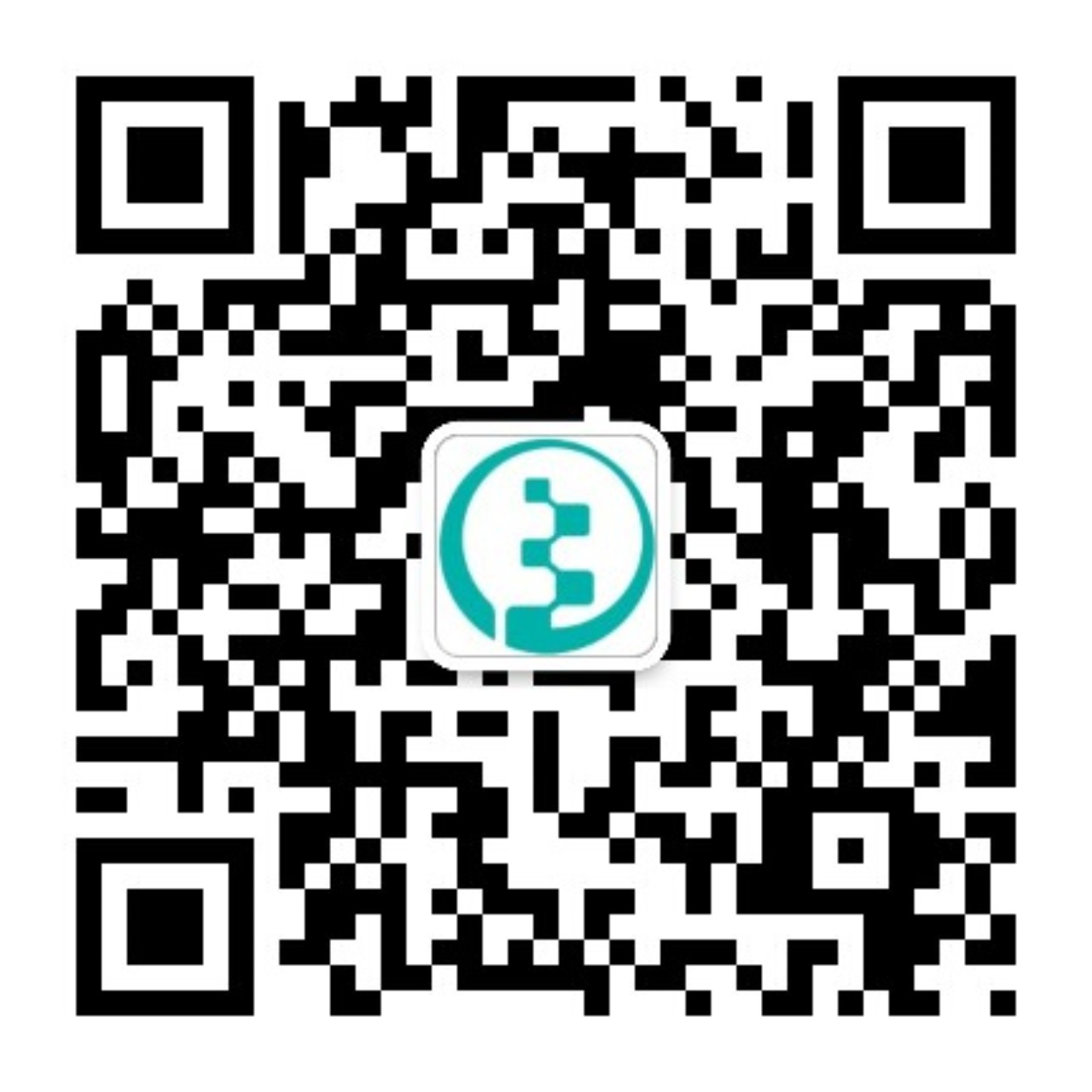| Strain Name |
BALB/cCrSlcNifdc-Cd40lgtm1(CD40LG)Bcgen/Bcgen |
Common Name |
B-hCD40L mice(C) |
| Background |
BALB/cCrSlcNifdc |
Catalog Number |
113932 |
|
Aliases |
IGM; IMD3; TRAP; gp39; CD154; CD40L; HIGM1; T-BAM; TNFSF5; hCD40L |
||
|
NCBI Gene ID |
959 |
||
Description
- CD154, also called CD40 ligand or CD40L, is a member of the TNF superfamily. CD40L is a protein primarily expressed on activated T cells. It binds to CD40 on antigen-presenting cells (APC), which leads to many effects depending on the target cell type. CD40L plays a central role in co-stimulation and regulation of the immune response in T cells through binding to CD40-expressing immune cells.
- The exons 2-5 of mouse Cd40l gene that encode extracellular domain are replaced by human counterparts in B-hCD40L mice(C).
- Human CD40L was detectable in T cells of homozygous humanized B-hCD40L mice(C) after PMA/ionomycin stimulation but not in wild-type BALB/cCrSlcNifdc mice.
- Application: This product is used for preclinical pharmacological evaluation in autoimmune disease animal models.
Targeting strategy
Gene targeting strategy for B-hCD40L mice(C). The exons 2-5 of mouse Cd40l gene that encode extracellular domain were replaced by human counterparts in B-hCD40L mice(C). The genomic region of mouse Cd40l gene that encodes transmembrane and cytoplasmic domain was retained. The promoter, 5’UTR and 3’UTR region of the mouse gene were also retained. The CD40L expression was driven by endogenous mouse Cd40l promoter, while mouse Cd40l gene transcription and translation would be disrupted.
Protein expression analysis-Thymus

Strain specific CD40L expression analysis in homozygous B-hCD40L mice(C) by flow cytometry. Thymocytes were collected from wild-type BALB/cCrSlcNifdc (+/+) and homozygous B-hCD40L mice(C) (H/Y), then stimulated by PMA and ionomycin in cell culture for 5 h with a concentration of 0.05 μg/ml and 1 μg/ml respectively, and analyzed by flow cytometry with species-specific anti-mCD40L (Biolegend, 106505) and anti-hCD40L antibody(Biolegend, 310810). Mouse CD40L was only detectable in T cells of wild-type mice after PMA/ionomycin stimulation. Human CD40L was only detectable in T cells of B-hCD40L mice(C) mice after PMA/ionomycin stimulation.












 京公网安备:
京公网安备: